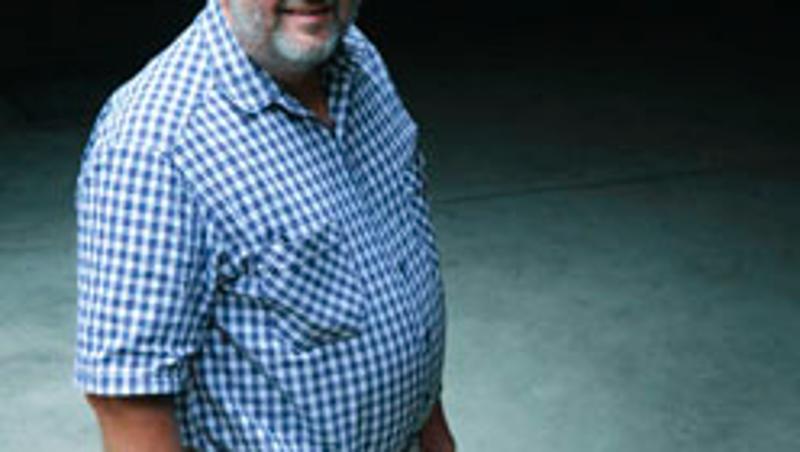
The same technology used to analyse minerals and atmosphere on Mars and other planets is being used by scientists from QUT to explore methods for geosequestration of carbon emissions.
Professor Ray Frost, from QUT's School of Physical and Chemical Sciences, said the idea of geosequestration was to trap carbon dioxide and to lock it into minerals deep underground.
Geosequestration of carbon dioxide is one of the methods under debate to reduce greenhouse gases and their effects on climate change.
"The concept of geosequestration involves liquifying carbon dioxide and depositing it into mineral zones below the earth's surface where chemical reactions of the liquid CO2 with minerals stabilise it in solid form," Professor Frost said.
He is using a range of magnesium minerals as models for geosequestration and investigating the extent of their reaction with CO2 and developing the methodology to determine the stability and detection of these minerals.
"One way of detecting and measuring magnesium carbonate minerals is the use of near-infrared spectroscopy which is what scientists used to analyse Mars' minerals and atmosphere," Professor Frost said.
"We are using near-infrared spectroscopy to identify suitable rocks below the earth's surface in which to safely store carbon dioxide."
He said the geosequestration process would involve carbon dioxide being captured from power station stacks and liquefied under pressure.
"Then it would be a matter of pumping it down into rock that has deposits of magnesium minerals in it. The presence of magnesium turns the liquid carbon dioxide into a stable, safe rock - magnesium carbonate.
"Magnesium is very common in a wide range of minerals and it is needed to react with the liquefied CO2 so that it doesn't turn back into gas and escape," he said.
The near infrared spectroscope is being used to identify the materials found underground in order to find suitable magnesium-bearing rocks.
"Capturing and liquefying the carbon dioxide is already possible. We now need to find suitable places to put it in such as old coal mines or depleted oil reservoirs."
Professor Frost said QUT was looking for industry partners for financial support in testing the models for geosequestration.
"I think it will be an inexpensive method and existing power stations could be retrofitted to capture the carbon dioxide."
Media contact: Niki Widdowson, QUT media officer, 07 3138 1841 or n.widdowson@qut.edu.au.
** High res photo of Professor Frost available for media use.


